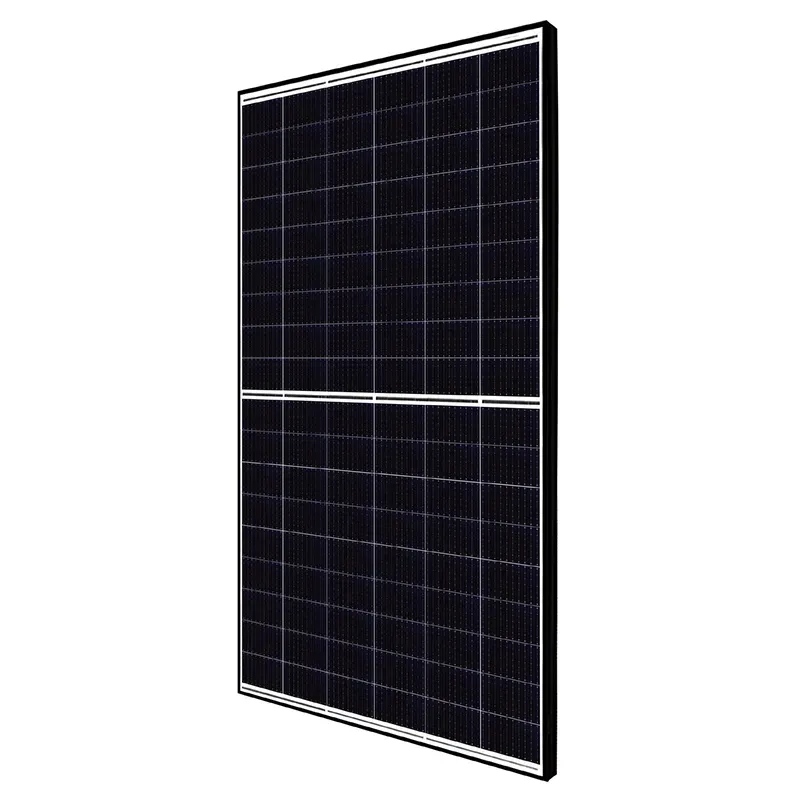Understanding the Real Expenses Involved in Installing Solar Panels for Your Home
The Actual Cost of Solar Panels Understanding Your Investment
In the quest for sustainable energy, solar panels have become a popular choice for both homeowners and businesses. While marketing often emphasizes the long-term savings and environmental benefits, understanding the actual cost of solar panels is crucial for making informed decisions. This article breaks down the various components involved in the cost of solar panel installation, so potential buyers can better gauge their investment.
Initial Costs
The initial cost of solar panels varies widely depending on several factors, including the size of the system, the type of solar panels selected, and installation fees. As of 2023, the average cost of residential solar panel systems in the United States ranges from $15,000 to $30,000 before tax credits and incentives. The price per watt typically falls between $2.50 and $3.50, with more efficient panels, such as monocrystalline options, often on the higher end of the spectrum.
Solar Panel Types
When considering the actual cost, it is essential to evaluate different types of solar panels. Monocrystalline panels are known for their high efficiency and longevity, yet they usually come with a higher price tag. On the other hand, polycrystalline panels are less expensive but may offer lower efficiency and shorter lifespans. Bifacial solar panels, which can capture sunlight on both sides, are also gaining popularity and can influence the overall cost of solar installations.
Installation Costs
actual cost of solar panels

Installation is a significant component of the overall cost. Getting the panels correctly mounted and wired requires skilled labor, which can vary by location. On average, installation costs range from 10% to 20% of the total price of the solar panel system. It’s worth noting that DIY solar panel installation is an option for those with the expertise, potentially saving on labor costs. However, this route also carries risks and may impact warranties.
Incentives and Tax Credits
To offset the initial investment, various incentives and tax credits are available at both state and federal levels. The Federal Investment Tax Credit (ITC), for example, allows homeowners to deduct a significant percentage of the installation costs from their federal taxes. This credit can substantially reduce the net cost of a solar installation. Many states also offer their own incentives, such as rebates, grants, or property tax exemptions, further lowering the upfront costs.
Long-Term Costs and Savings
Beyond the initial investment, potential solar panel owners should consider the long-term costs associated with maintenance and performance. Generally, solar panels require minimal maintenance, and most manufacturers offer warranties ranging from 20 to 25 years. Over this period, homeowners can expect to see significant savings on electricity bills, with returns on investment typically realized within 5 to 10 years.
Conclusion
In conclusion, understanding the actual cost of solar panels involves consideration of various factors, including initial costs, types of panels, installation expenses, incentives, and long-term savings. While the upfront investment can be considerable, the combination of federal and state incentives, coupled with long-term savings on energy bills, often makes solar panels a wise financial decision. As technology continues to evolve and prices may further decline, the path for individuals and businesses to invest in solar energy looks increasingly promising. By conducting thorough research and assessing personal energy needs, potential buyers can navigate this crucial investment confidently.
-
Unlocking Energy Freedom with the Off Grid Solar InverterNewsJun.06,2025
-
Unlock More Solar Power with a High-Efficiency Bifacial Solar PanelNewsJun.06,2025
-
Power Your Future with High-Efficiency Monocrystalline Solar PanelsNewsJun.06,2025
-
Next-Gen Solar Power Starts with Micro Solar InvertersNewsJun.06,2025
-
Harnessing Peak Efficiency with the On Grid Solar InverterNewsJun.06,2025
-
Discover Unmatched Efficiency with the Latest String Solar InverterNewsJun.06,2025







